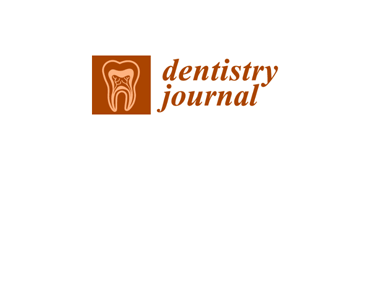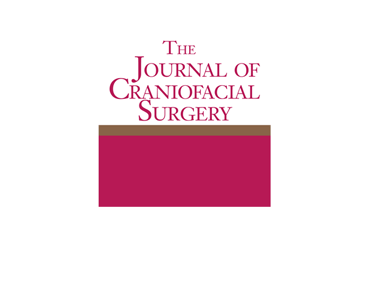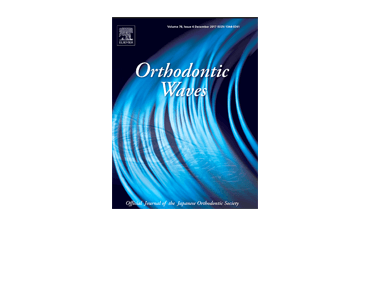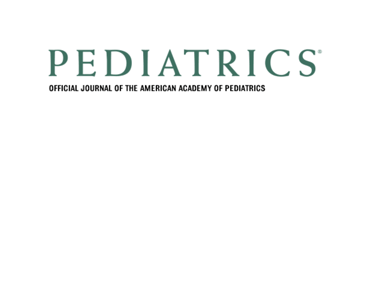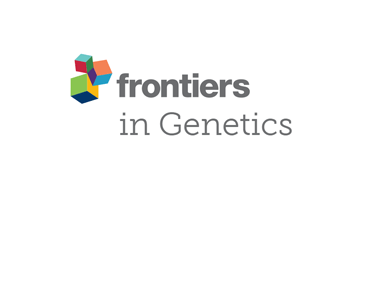Three-Dimensional Assessment of Morphological Changes Following Nasoalveolar Molding Therapy in Cleft Lip and Palate Patients: A Case Report. E Staderini, R Patini, A Camodeca, F Guglielmi, P Gallenzi.
Date: March 2019. Source: Dentistry Journal, 7(1), 27. Abstract: The applications of computer-guided technologies for three-dimensional image analysis provide a unique opportunity to quantify the morphological dimensional changes of the face in a practical and convenient way. Symmetry of the nasolabial area is one of the main factors of facial attractiveness as well as being…

